In “preparing” for our Thanksgiving posts, I came across a sermon from the Richardson Preyer Papers given at First Presbyterian Church in Greensboro, North Carolina on Thanksgiving weekend in 1979, where Preyer appears to have been a member. Closely related materials in the collection suggest Preyer is the author of the sermon, though it is not explicitly stated. The speaker used Thanksgiving as an occasion to reflect on several notable events from the past year, and I felt they each deserved some individual attention to reflect upon. I decided to do a deeper dive into the events, and see what other materials we might have relating to them in our collections!
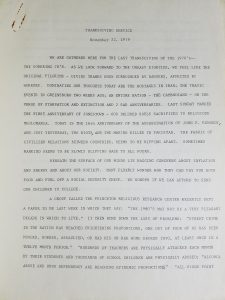 Continue reading “Richardson Preyer and the Thanksgiving Sermon of 1979”
Continue reading “Richardson Preyer and the Thanksgiving Sermon of 1979”

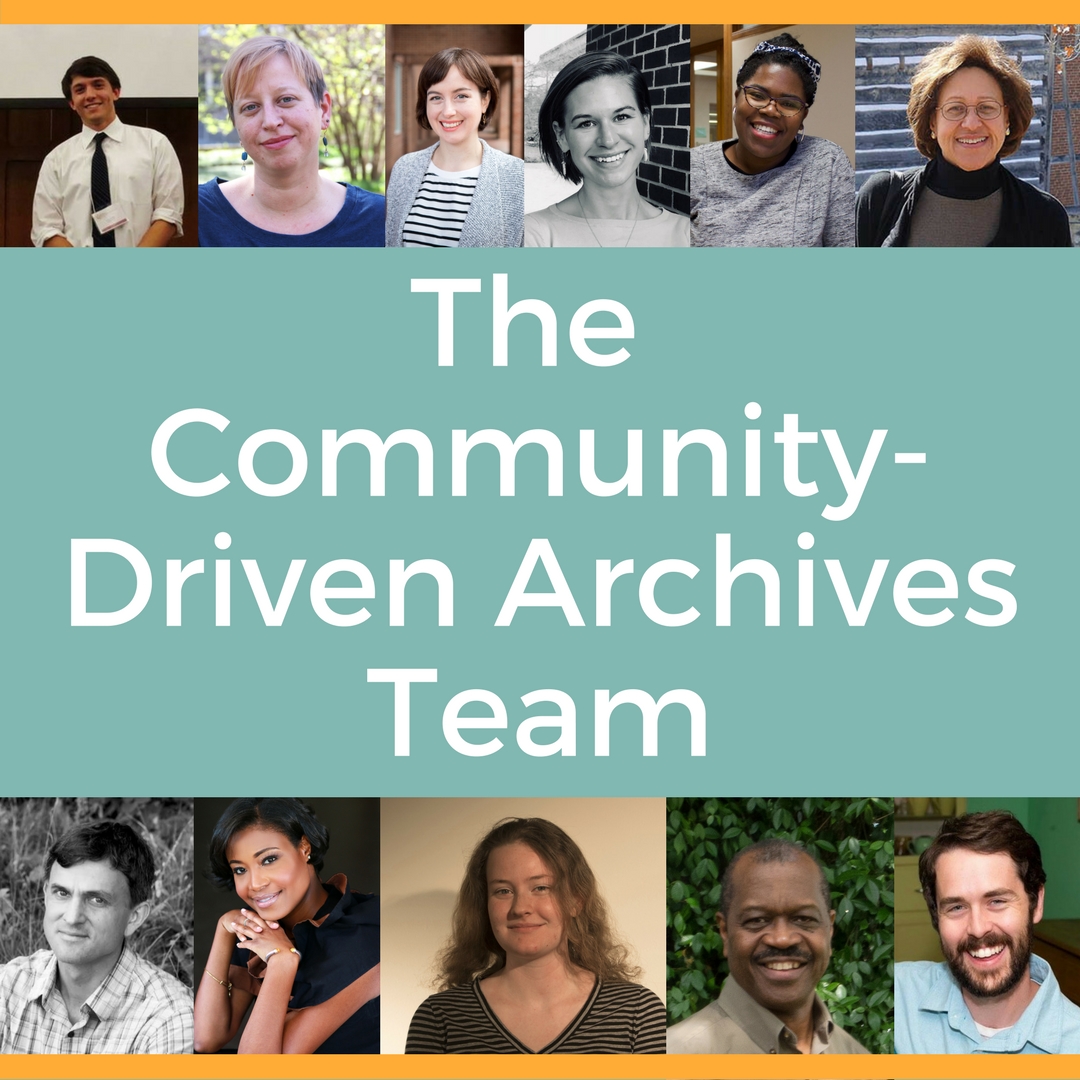

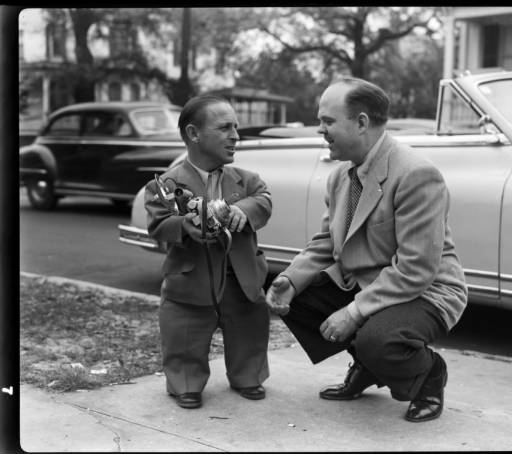

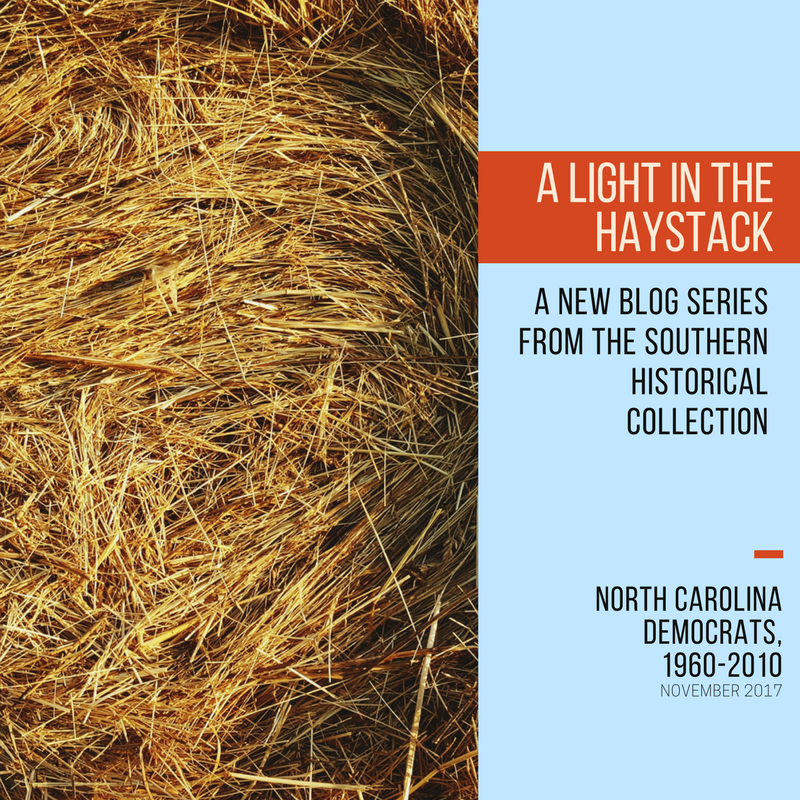
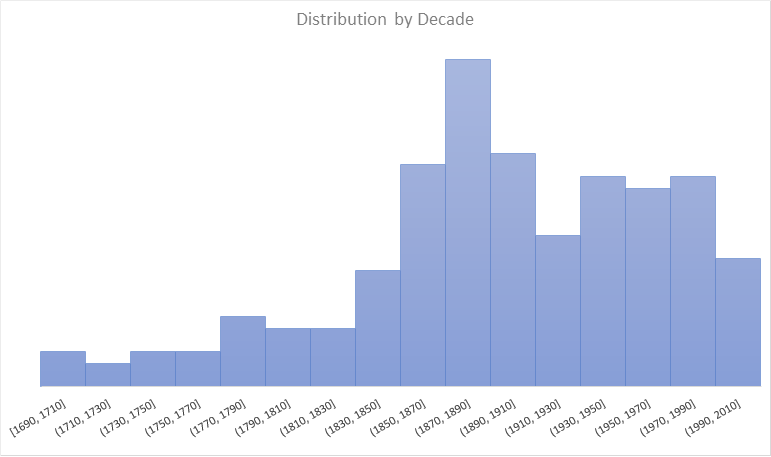

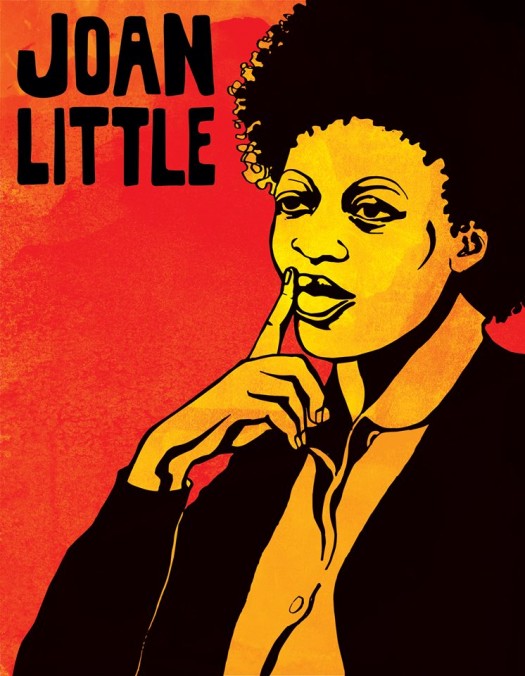

 Thanks to “
Thanks to “
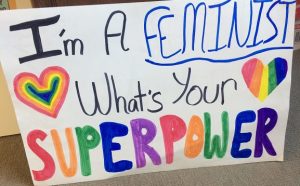
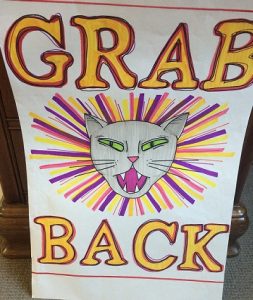 ur recent focus has been material culture–the physical resources that were necessary for this “political performance” (a term described in further detail in a
ur recent focus has been material culture–the physical resources that were necessary for this “political performance” (a term described in further detail in a 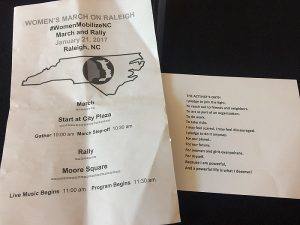

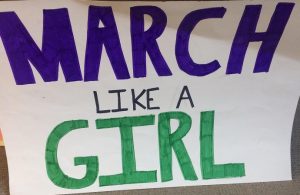
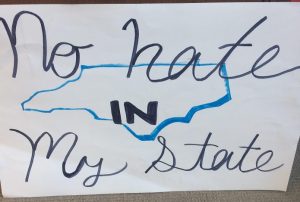

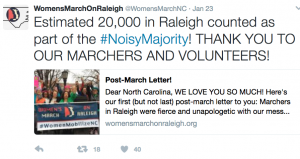 Like many other repositories, the Southern Historical Collection is interested in collecting information about recent local protests in response to national events. We are partnering with the
Like many other repositories, the Southern Historical Collection is interested in collecting information about recent local protests in response to national events. We are partnering with the